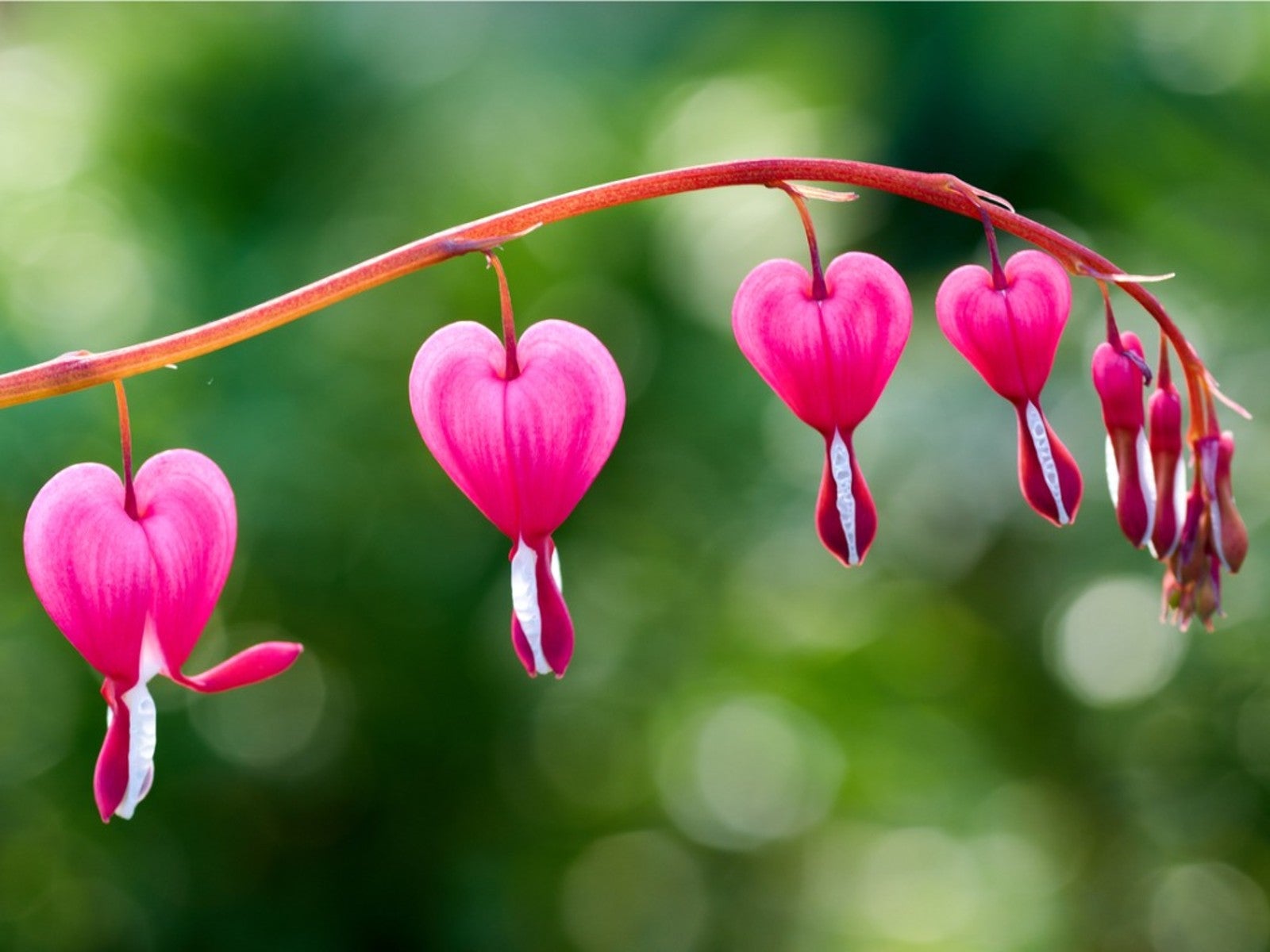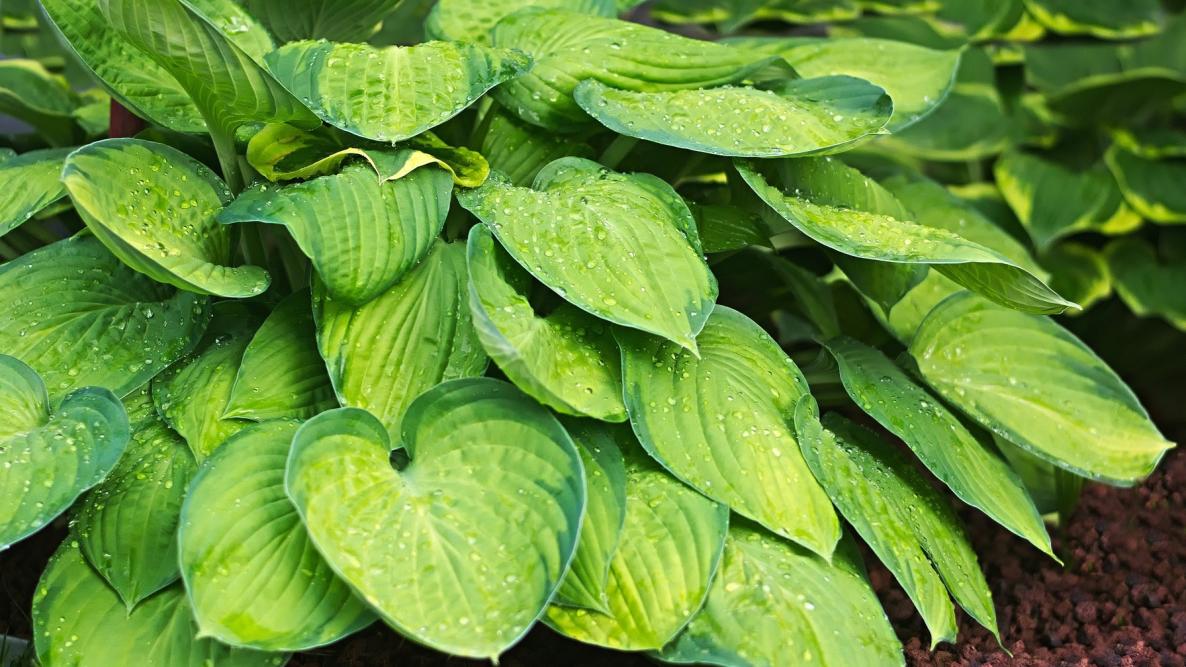Pumpkins give a bright pop of color as our leaves make their way to the ground. This squash is native to America. It was Christopher Columbus who carried pumpkin seeds back with him to Europe. There the farmers of the “Old World” used this newfound squash to feed pigs.
The new world Native Americans had lots of uses for pumpkins. They roasted pumpkin strips over campfires and used them as food. They used the sweet flesh in numerous ways: roasted, baked, parched, boiled and dried. They ate pumpkin seeds and also used them as a medicine. The blossoms were added to stews. Dried pumpkin could be stored and ground into flour. Pumpkins helped The Native Americans make it through long, cold winters. They even dried strips of pumpkin and wove them into mats for their floors. They dried the shells and used them as bowls and containers to store grain, beans and seeds. Indians introduced pumpkins and squashes to the Pilgrims. They were an important food source for the Pilgrims, since they stored well, which meant they would have a nutritious food source during the winter months.
I got to visit Villandry, a restored castle and grounds, in France where they specialize in vegetable gardens. Not like the ones we have here in the South where you have your green beans, okra, tomatoes and potatoes. These gardens are laid out in formal beds, with the vegetables as beautiful as flowers. These beautiful vegetables are perfectly tended, mulched and even edged in dwarf English boxwoods.
Taking a clue from the French, I loved the pop of color pumpkins delivered to the late fall landscape. Not only are the pumpkins beautiful, they don’t have to be watered. Each year now, I buy pumpkins in the fall, pull up all the tired weeds and flowers, re-mulch the area and arrange my pumpkins in an artistic form. I love it. Some people, especially my grandchildren, were not as impressed.
Two years ago, the season changed, and before I knew it, December had arrived, and I was still sporting the pumpkins of fall, but after the constant sun, rain, heat and freezing weather, the pumpkins had rotted. During a grandchildren visit, I got shovels and a wheelbarrow, and we went outside to clean up the rotten pumpkins. Yuck and gross were the words I heard most, but my 5-year-old didn’t say anything until we were almost finished. Then she quietly said, “Mamagayle, I know where there is another melted pumpkin.” She had described the rotten pumpkins perfectly.
Any good, well-drained soil will grow pumpkins. A soil of medium texture is best, but good results can be produced on heavy or light soils if they are properly tilled and well fertilized. Direct seeding should not be attempted until the soil has warmed up for germination (usually after May 15).
If you want to grow pumpkins, you can buy seeds of many varieties at any lawn and garden store. But start out with only one or two kinds until you get the hang of it. The white pumpkins are currently really popular for decorating. Normally, shallow cultivation, just enough to control weeds, is sufficient for this crop. Rows should be about 4 feet apart, with hills containing two or three seeds. Each hill should be about 3 feet apart. These plants need lots of room. Keep them at the edge of the yard or garden. The foliage is beautiful when young and healthy.
Although pumpkin plants produce a profusion of flowers throughout the life of the plant, only about 2 pumpkins per vine can be expected. All pumpkins produce separate male and female flowers on the same plant for natural pollination.
While pumpkin size is generally controlled by genetics, any factor that limits plant growth will adversely affect its size. This includes water, temperature, insects, diseases, pollination, fertility, soil type, plant population, weeds, etc. Pumpkins are about 90% water.
Pumpkins last longer if you harvest them when they reach their mature color and the rind is hard. Use the seed packet to get an idea of the mature color of your variety. Wait until the pumpkin rind loses its shine and it’s hard enough that you can’t scratch it with your fingernail. The curly tendrils on the part of the vine near the pumpkin turn brown and die back when it is completely ripe, though in some cases they can continue to ripen off the vine. Cut the stem with a sharp knife, leaving 3 or 4 inches of stem attached to the pumpkin.
You can enjoy growing pumpkins or you can be like me and leave it to the pros and buy them in the fall. Each year the U.S. produces 1.5 billion pounds of pumpkins annually.








